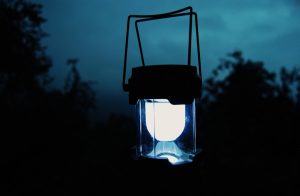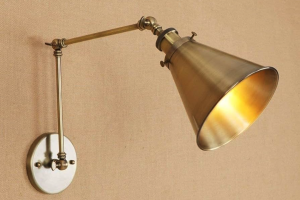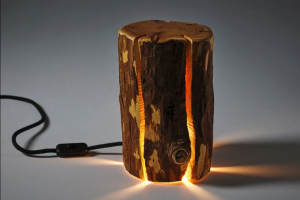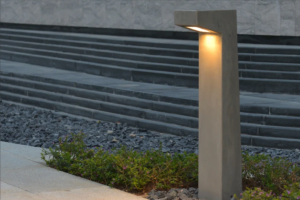Maximizing Outdoor Light for a Brighter Space
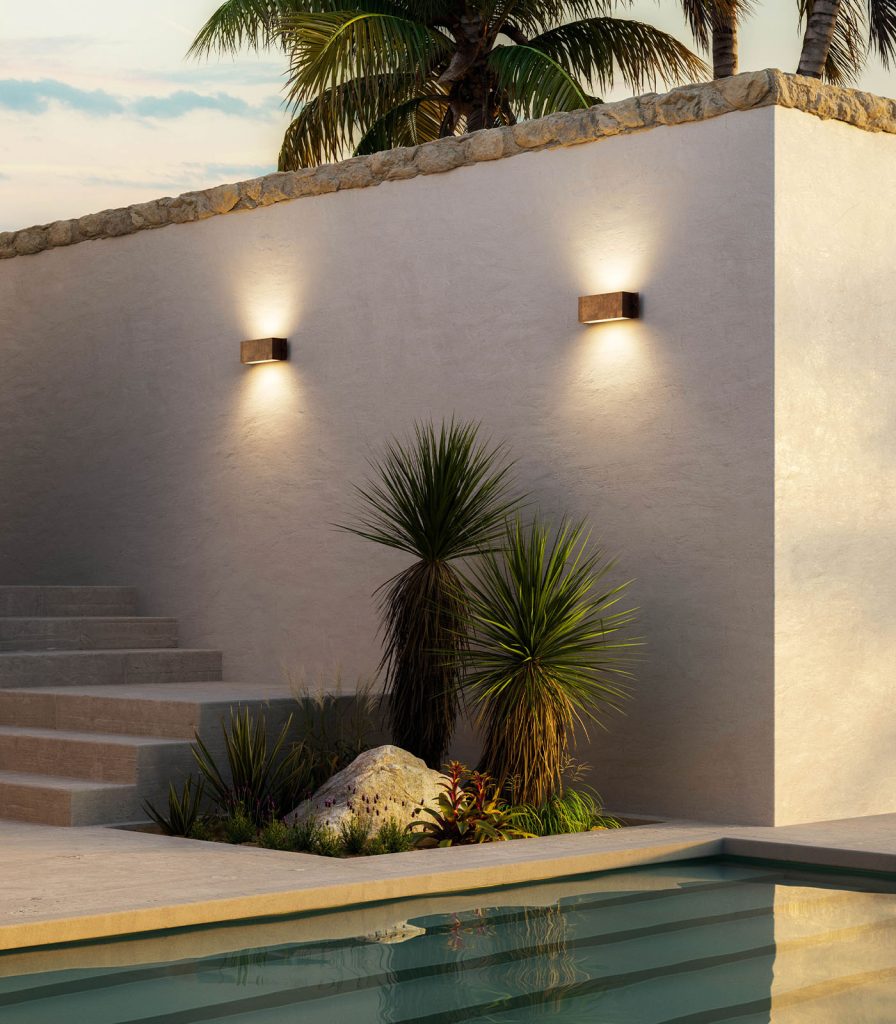
Outdoor lighting plays a crucial role in various settings, including residential, commercial, and public spaces. Its importance stems from several key factors:
Safety and Security: Proper illumination of pathways, entrances, and potential hazards reduces accident risks and deters criminal activity. Extended Usability: Outdoor lighting allows for the continued use of outdoor spaces after dark, facilitating activities such as social gatherings and leisure time.
Ambiance and Aesthetics: Well-designed outdoor lighting Lamp24 enhances the visual appeal of a space, creating a welcoming atmosphere for residents, guests, and customers. Architectural Highlighting: Lighting can accentuate architectural features, landscaping elements, and outdoor decor, adding depth and dimension to the environment. Mood Setting: Different lighting schemes can create various atmospheres, suitable for different occasions and activities.
Psychological Impact: Effective outdoor lighting can positively influence the emotional state of individuals interacting with the space. Functional and Aesthetic Balance: Outdoor lighting serves both practical purposes and contributes to the overall visual appeal of an area. Decision-Making: Understanding the importance of outdoor lighting is essential for making informed choices about fixture selection and installation.
By considering these aspects, property owners and designers can maximize the benefits of outdoor lighting, creating spaces that are safe, functional, and visually appealing.
Choosing the Right Outdoor Lighting Fixtures
Purpose and Functionality
The primary purpose of outdoor lighting is a crucial consideration. Is it for safety and security, ambiance and aesthetics, or a combination of both? Different types of outdoor lighting fixtures serve specific purposes, such as pathway lights, floodlights, wall sconces, string lights, and decorative lanterns.
Size and Scale of the Outdoor Space
The size and scale of the outdoor space must also be taken into account. Larger outdoor spaces require more powerful and strategically placed fixtures to adequately illuminate the area, while smaller spaces benefit from more subtle and decorative lighting options. The style and design of the outdoor lighting fixtures should complement the overall aesthetic of the outdoor space, whether modern and minimalist, traditional and ornate, or rustic and natural.
Practical Considerations
Practical aspects of installation and maintenance are also vital considerations. Weather-resistant materials and durable construction are essential for outdoor lighting fixtures to withstand exposure to the elements. Energy-efficient options, such as LED fixtures, can help reduce energy consumption and lower long-term operating costs. Furthermore, considering the ease of installation and maintenance can save time and effort in the long run.
Utilizing Natural Light Sources
Incorporating natural light sources into outdoor spaces is an effective way to enhance illumination while reducing energy consumption and operating costs. Natural light not only provides a soft and flattering illumination but also creates a connection between the indoor and outdoor environments. Utilizing natural light sources in outdoor spaces can be achieved through various design strategies, such as strategically placing windows, doors, skylights, and glass walls to maximize natural light penetration.
Additionally, incorporating open-air structures, such as pergolas, trellises, and awnings, can provide shade while allowing natural light to filter through. Moreover, landscaping elements, such as trees, shrubs, and plants, can be strategically positioned to provide shade and filter natural light into different areas of the outdoor space. By utilizing natural light sources effectively, outdoor spaces can benefit from enhanced illumination, reduced energy consumption, and a seamless connection with the surrounding environment.
Natural light sources not only contribute to illumination but also have numerous health and wellness benefits for individuals who spend time in outdoor spaces. Exposure to natural light has been linked to improved mood, productivity, and overall well-being. Natural light contains beneficial properties that regulate circadian rhythms, enhance vitamin D production, and reduce eyestrain and fatigue.
By maximizing natural light penetration in outdoor spaces, residents, guests, or customers can experience these positive effects while enjoying the outdoors. Furthermore, natural light creates a sense of openness and spaciousness in outdoor spaces, making them feel more inviting and comfortable. Utilizing natural light sources effectively in outdoor spaces not only enhances illumination but also contributes to the physical and psychological well-being of individuals who interact with the space.
Incorporating Reflective Surfaces
Incorporating reflective surfaces into outdoor spaces is a strategic design approach that can enhance illumination by bouncing natural or artificial light throughout the area. Reflective surfaces can include materials such as glass, metal, water features, mirrors, polished stone or concrete surfaces. These surfaces have the ability to reflect light in various directions, creating a brighter and more dynamic lighting effect in outdoor spaces.
Additionally, reflective surfaces can visually expand the perceived size of the outdoor space by creating an illusion of depth and openness. By strategically placing reflective surfaces in key areas of the outdoor space, such as near light sources or in shaded areas, illumination can be maximized while creating an aesthetically pleasing environment. Incorporating reflective surfaces into outdoor spaces not only enhances illumination but also adds visual interest and dimension to the overall design.
Reflective surfaces have the ability to create captivating visual effects by reflecting surrounding elements such as greenery, water features or architectural details. This creates a dynamic interplay between light and shadow that adds depth and texture to the outdoor space. Moreover, reflective surfaces can contribute to a sense of tranquility by reflecting natural elements such as trees or sky, creating a serene and harmonious atmosphere.
By strategically incorporating reflective surfaces into outdoor spaces, illumination can be optimized while adding an element of visual intrigue that enhances the overall ambiance.
Strategic Placement of Outdoor Light Fixtures
The strategic placement of outdoor light fixtures is crucial for achieving optimal illumination while enhancing safety, security, and aesthetics in outdoor spaces. Pathway lights should be strategically placed along walkways to ensure safe navigation at night while adding visual interest to the landscape. Additionally, wall sconces can be strategically positioned near entrances or architectural features to provide both functional illumination and decorative accents.
Floodlights should be strategically placed to highlight specific areas such as trees, sculptures or water features while providing enhanced security through increased visibility. String lights can be strategically hung above seating areas or dining spaces to create a warm and inviting ambiance while allowing for extended use of these areas after dark. By strategically placing outdoor light fixtures in key areas of the outdoor space, illumination can be optimized while contributing to safety, security, and visual appeal.
Strategic placement of outdoor light fixtures also involves considering factors such as light direction, intensity, and color temperature to achieve the desired lighting effects. Upward-facing fixtures can create a soft ambient glow that illuminates surrounding elements such as trees or architectural details while minimizing glare. Downward-facing fixtures can provide focused illumination for specific areas such as pathways or seating areas while reducing light pollution.
Additionally, adjusting the intensity of light fixtures can create different moods and atmospheres in outdoor spaces depending on the occasion or activity. Furthermore, selecting light fixtures with appropriate color temperature can enhance the overall ambiance by creating warm or cool lighting effects that complement the surrounding environment. By strategically placing outdoor light fixtures with consideration for directionality, intensity, and color temperature, optimal illumination can be achieved while contributing to a safe, secure, and visually appealing outdoor space.
Using Light-colored Outdoor Furniture and Decor
Reflecting Light and Creating a Sense of Openness
Light-colored materials such as white or beige upholstery for seating furniture can reflect natural or artificial light throughout the space while creating a sense of openness and airiness. Additionally, light-colored cushions or pillows can add visual interest while contributing to a cohesive and harmonious color scheme in the outdoor space.
Maximizing Illumination and Visual Appeal
Light-colored materials for tables or surfaces can further enhance illumination by reflecting light from nearby fixtures or natural light sources. By using light-colored outdoor furniture and decor strategically in key areas of the outdoor space, illumination can be maximized while creating a visually appealing environment.
Creating a Fresh and Modern Aesthetic
Light-colored materials have the ability to create a fresh and modern aesthetic that complements various design styles while adding a touch of elegance to the overall ambiance. Moreover, light-colored furniture and decor can visually expand the perceived size of the outdoor space by creating an illusion of spaciousness and tranquility. By using light-colored materials strategically in outdoor spaces, residents, guests or customers can experience a bright and inviting atmosphere that enhances their overall enjoyment of the outdoors.
Regular Maintenance for Optimal Outdoor Lighting
Regular maintenance is essential for ensuring optimal performance and longevity of outdoor lighting fixtures in order to preserve their functionality and aesthetics over time. Cleaning fixtures regularly helps remove dirt, debris or oxidation that may accumulate on surfaces which can diminish their illumination output or cause damage over time. Additionally replacing bulbs or components as needed ensures that fixtures continue to operate at their full capacity without any interruptions in illumination.
Furthermore inspecting wiring connections regularly helps identify any potential issues such as frayed wires or loose connections that could compromise safety or performance. Regular maintenance also involves checking for any signs of wear or damage such as corrosion rust or fading which may indicate that fixtures need repair or replacement in order to maintain their functionality and aesthetics over time. Additionally adjusting timers or sensors seasonally helps ensure that fixtures operate efficiently according to changing daylight patterns throughout the year which helps conserve energy usage while providing adequate illumination when needed most.
In conclusion understanding the importance of regular maintenance for optimal performance longevity of outdoor lighting fixtures is crucial for preserving their functionality aesthetics over time ensuring that they continue to enhance safety security ambiance in outdoor spaces effectively. In conclusion understanding how important it is to have proper maintenance for optimal performance longevity of your outdoor lighting fixtures is crucial for preserving their functionality aesthetics over time ensuring that they continue to enhance safety security ambiance in your outdoor spaces effectively.

